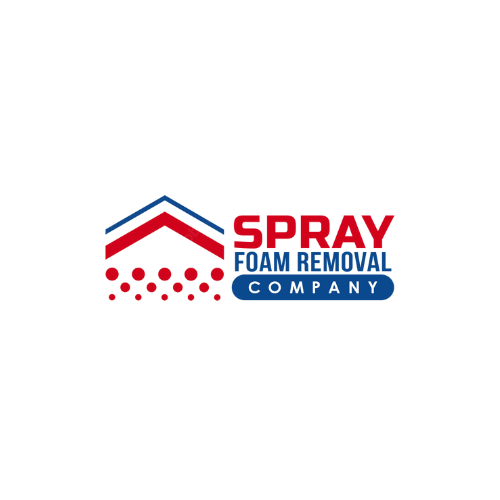Spray foam insulation has long been a go-to solution for sealing gaps and insulating homes. Its effectiveness in creating an airtight barrier and its energy efficiency make it a popular choice. However, there are times when this once-beneficial foam insulation needs to be removed or replaced. Whether it’s due to damage, renovation, or simply wanting to upgrade, the process of spray foam removal requires careful attention and technique. Here are some essential tips and tricks to help you navigate this task efficiently and effectively.
Understanding the Basics
Before diving into the removal process, it’s crucial to understand the type of spray foam used in your insulation. There are two primary types: open-cell and closed-cell foam. Closed-cell foam is denser and harder to remove, whereas open-cell foam is softer and more flexible.
Safety First
Prioritize safety before beginning any removal process. Wear protective clothing, gloves, goggles, and a mask to shield yourself from foam particles and potential respiratory issues. Adequate ventilation in the area is also essential.
Assessing the Situation
Evaluate the condition of the foam insulation. If it’s damaged, crumbling, or deteriorating, removal might be necessary. Additionally, if you’re renovating and need access to underlying structures, removal becomes a prerequisite.
Tools of the Trade
Having the right tools at hand is vital. Utilize a variety of implements such as a utility knife, wire brush, saw, or specialized foam removal solvents based on the type of foam and the surface it’s adhered to. For open-cell foam, mechanical removal might work, while closed-cell foam might require more aggressive approaches.
Cutting and Slicing
Begin by cutting away as much of the foam as possible with a sharp utility knife. Make careful, precise cuts to remove the bulk of the insulation. Avoid excessive force that could damage the underlying surface.
Scraping and Sanding
After removing the bulk, use a wire brush or sandpaper to scrape away the remaining foam gently. Take care not to gouge or harm the surface beneath the insulation. For closed-cell foam, consider employing a solvent specifically designed for breaking down and removing this type of insulation.
Thorough Clean-Up
Once the foam is removed, clean the area thoroughly to eliminate any residual particles or debris. Vacuum or wipe the surface to ensure it’s clean and ready for any new insulation or repairs.
Seeking Professional Help
In some cases, especially when dealing with extensive or stubborn insulation, seeking professional assistance might be the best course of action. Experienced contractors have the expertise and specialized equipment to handle challenging removal tasks effectively.
Conclusion
Removing spray foam insulation demands patience, precision, and the right tools. It’s a task that requires careful consideration of the type of foam, the surface it’s attached to, and the extent of removal needed. Prioritize safety, take your time, and don’t hesitate to seek professional help if necessary. By following these tips and tricks, you’ll be better equipped to tackle spray foam removal projects with confidence and efficiency.





